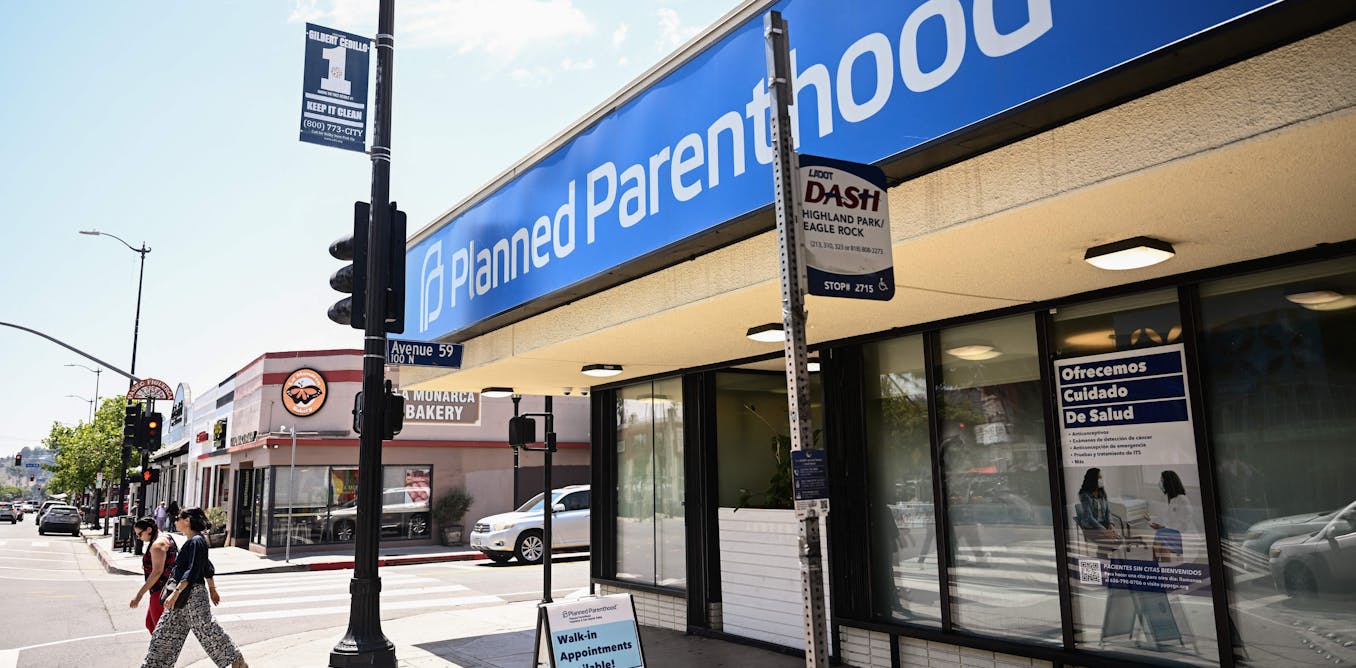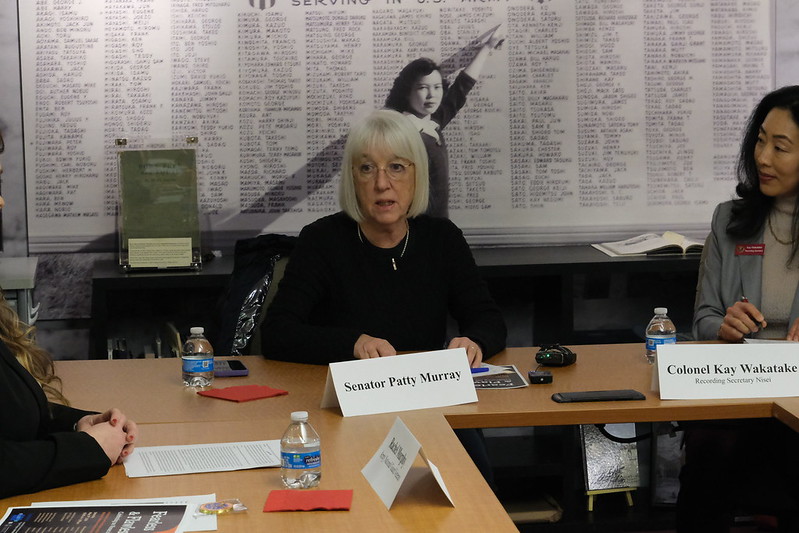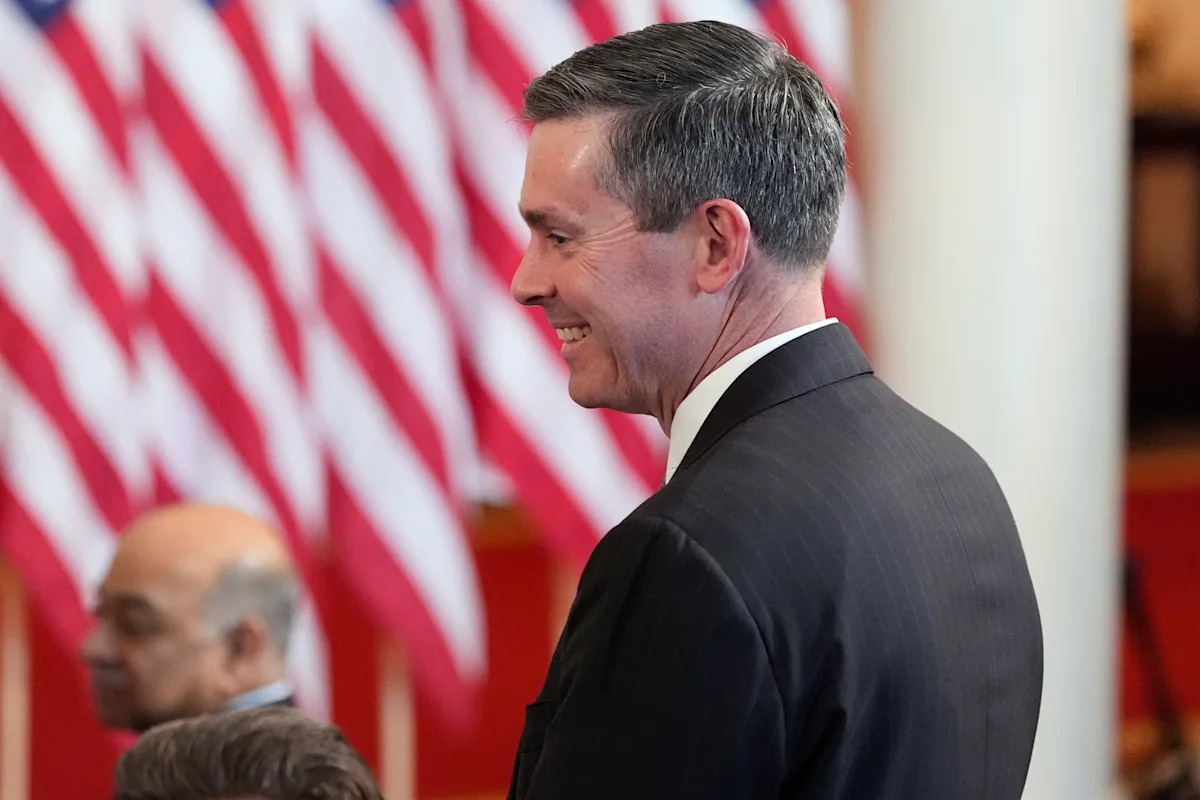Health Care Crumbles: Coal Industry Layoffs Leave Miners Vulnerable
Health
2025-04-09 09:00:00Content
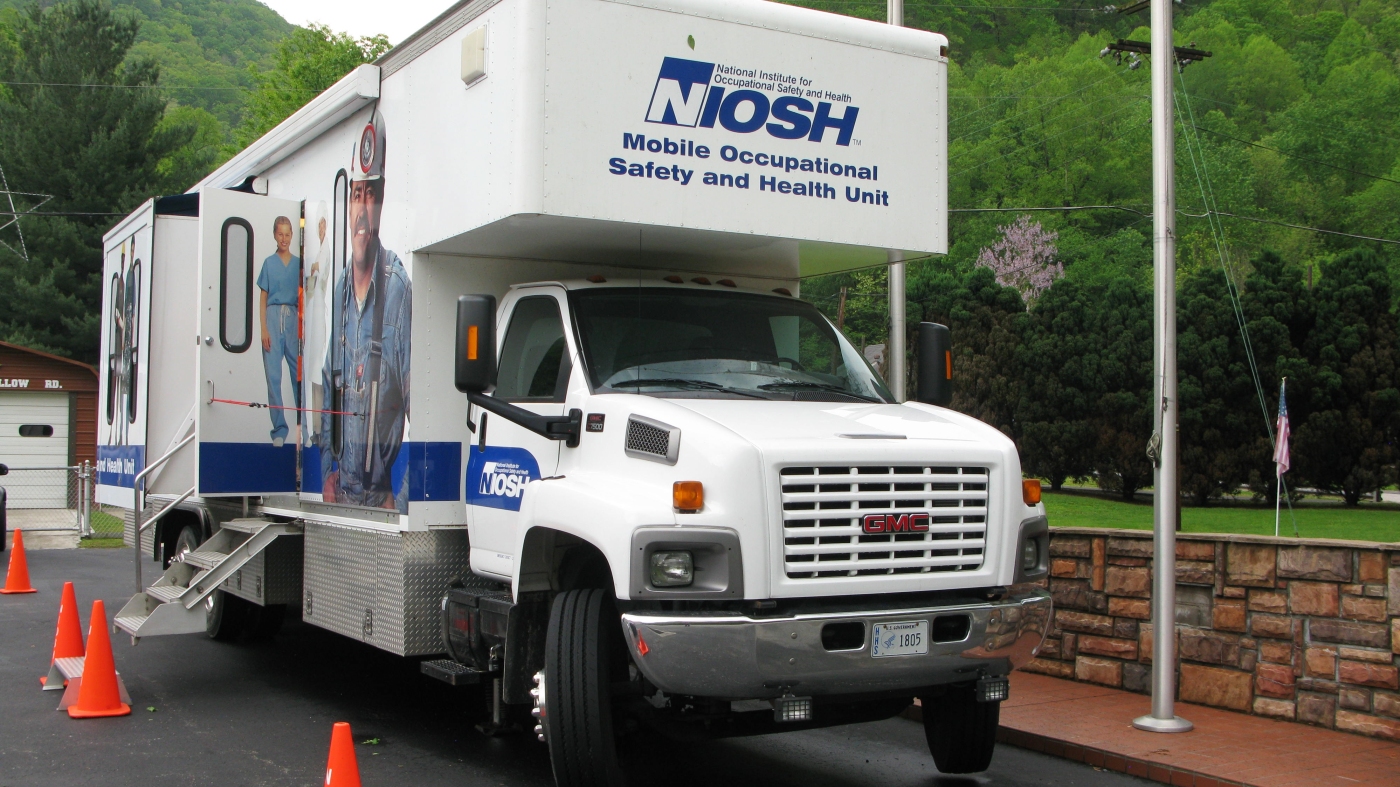
In a devastating blow to coal miners' health, the Centers for Disease Control and Prevention (CDC) unit responsible for dramatically reducing Black Lung Disease has been dismantled during the Trump administration's aggressive restructuring of federal health agencies. This critical unit, which had been a lifeline for miners battling one of the most devastating occupational illnesses, now leaves mining communities facing an uncertain and potentially dangerous future.
For decades, this specialized CDC team had been at the forefront of protecting miners from the deadly lung disease caused by prolonged exposure to coal dust. Their meticulous research, targeted interventions, and stringent safety recommendations had significantly lowered the incidence of Black Lung Disease, offering hope and protection to thousands of workers in one of America's most hazardous industries.
The unit's sudden disbandment raises alarming questions about the long-term health and safety of coal miners. Communities that have relied on this critical public health resource are now left vulnerable, with reduced scientific oversight and diminished support for preventing this devastating occupational illness.
As mining towns grapple with this unexpected loss, workers and their families are left wondering who will now champion their health and protect them from the silent, deadly threat of Black Lung Disease. The dismantling of this crucial CDC unit represents not just an administrative change, but a potential public health crisis for one of America's most essential and at-risk workforce communities.
Silent Epidemic: The Vanishing Guardians of Miners' Health
In the shadowy depths of America's coal mines, a silent battle has been waging for decades—a struggle between human resilience and occupational hazards that threaten the lives of those who power our industrial machinery. The recent dismantling of a critical health protection unit represents more than a bureaucratic reshuffling; it signals a potential catastrophic reversal in worker safety and public health policy.When Workplace Protection Becomes Political Collateral
The Invisible Threat: Black Lung Disease's Historical Context
Black Lung Disease has long been a devastating occupational hazard that has systematically decimated generations of coal miners. Emerging from decades of unregulated industrial practices, this respiratory condition represents a profound human cost of industrial progress. The specialized CDC unit dedicated to combating this disease was not merely a bureaucratic entity, but a lifeline for thousands of workers toiling in dangerous underground environments. The intricate medical research conducted by this unit represented decades of scientific expertise, meticulously documenting the progressive lung damage caused by prolonged coal dust exposure. Researchers developed sophisticated monitoring techniques, exposure limit guidelines, and comprehensive prevention strategies that transformed workplace safety standards across the mining industry.Political Restructuring and Its Human Consequences
The abrupt dissolution of this specialized health protection unit during the Trump administration's sweeping governmental reorganization represents a critical inflection point in occupational health policy. By dismantling a highly specialized research team, the administration effectively removed a crucial scientific buffer that had been protecting some of America's most vulnerable workers. Mining communities, particularly in Appalachian regions, now face an uncertain future. The institutional knowledge accumulated over decades—painstakingly developed through rigorous scientific research and field studies—risks being lost in bureaucratic transitions. This potential knowledge erosion could set back worker protection efforts by years, if not decades.Technological and Medical Implications of the Shutdown
The specialized CDC unit was not just a regulatory body but a cutting-edge research institution that continuously evolved its understanding of respiratory diseases. Their work integrated advanced medical imaging, epidemiological tracking, and innovative prevention technologies that significantly reduced Black Lung Disease prevalence. By eliminating this unit, the government risks undermining years of progressive medical research. The sophisticated diagnostic protocols, early detection mechanisms, and comprehensive treatment guidelines developed by these researchers represented a gold standard in occupational health management. Their methodologies had been adopted not just domestically but had influenced international workplace safety standards.Economic and Social Ramifications
Beyond the immediate health implications, the unit's dissolution carries profound economic and social consequences. Coal mining communities, already facing significant economic challenges, now confront an additional layer of vulnerability. The potential resurgence of Black Lung Disease could further strain local healthcare systems, increase medical costs, and potentially accelerate the economic decline of mining regions. The human cost is immeasurable. Generations of miners who have risked their lives extracting essential resources for national infrastructure now face increased health uncertainties. The psychological impact of potentially losing hard-won protections cannot be understated.Future Outlook and Potential Resilience
Despite the current setback, there remains hope. The scientific community, worker advocacy groups, and remaining public health professionals continue to champion the cause of miners' health. The legacy of the dissolved CDC unit lives on through the countless research papers, prevention strategies, and institutional knowledge that cannot be easily erased. The story of this health protection unit serves as a powerful reminder of the delicate balance between political decisions and public health imperatives. It underscores the critical importance of maintaining specialized scientific institutions that protect the most vulnerable workers in our industrial ecosystem.RELATED NEWS
Health
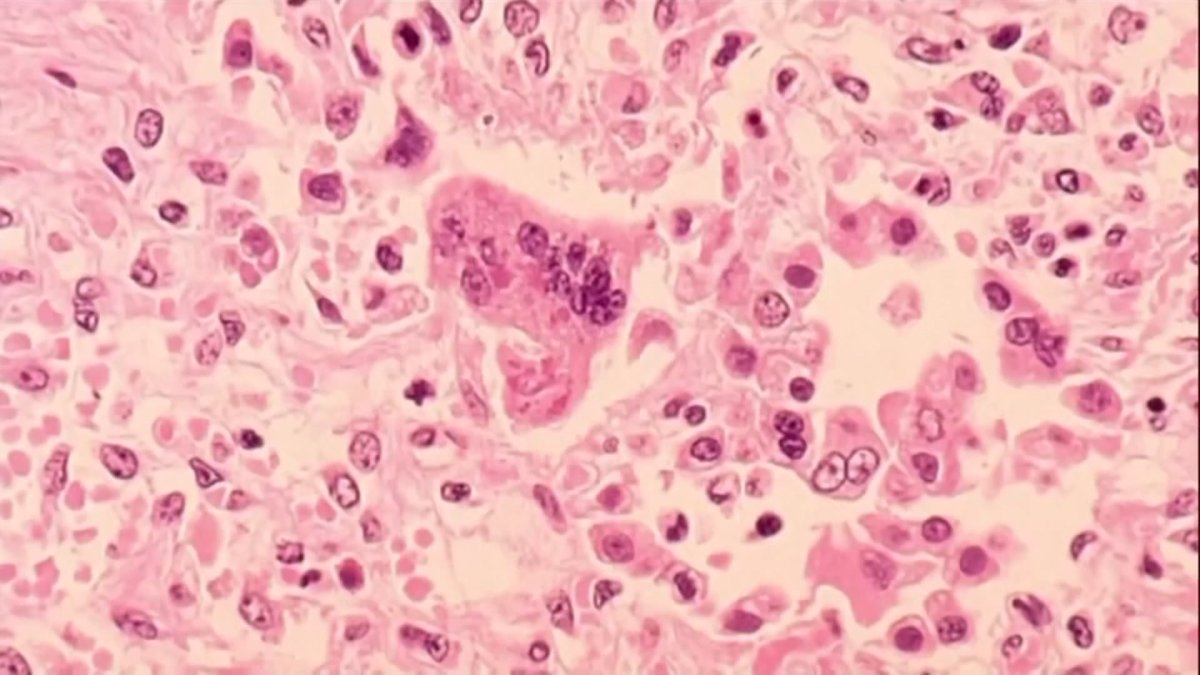
Outbreak Alert: Illinois Unveils High-Tech Measles Prediction Tool to Outsmart Potential Epidemic
2025-04-09 19:59:55
Health

Breaking: Future of Healthcare Unveiled Live at The Hill's Health Next Summit
2025-03-26 12:00:00

